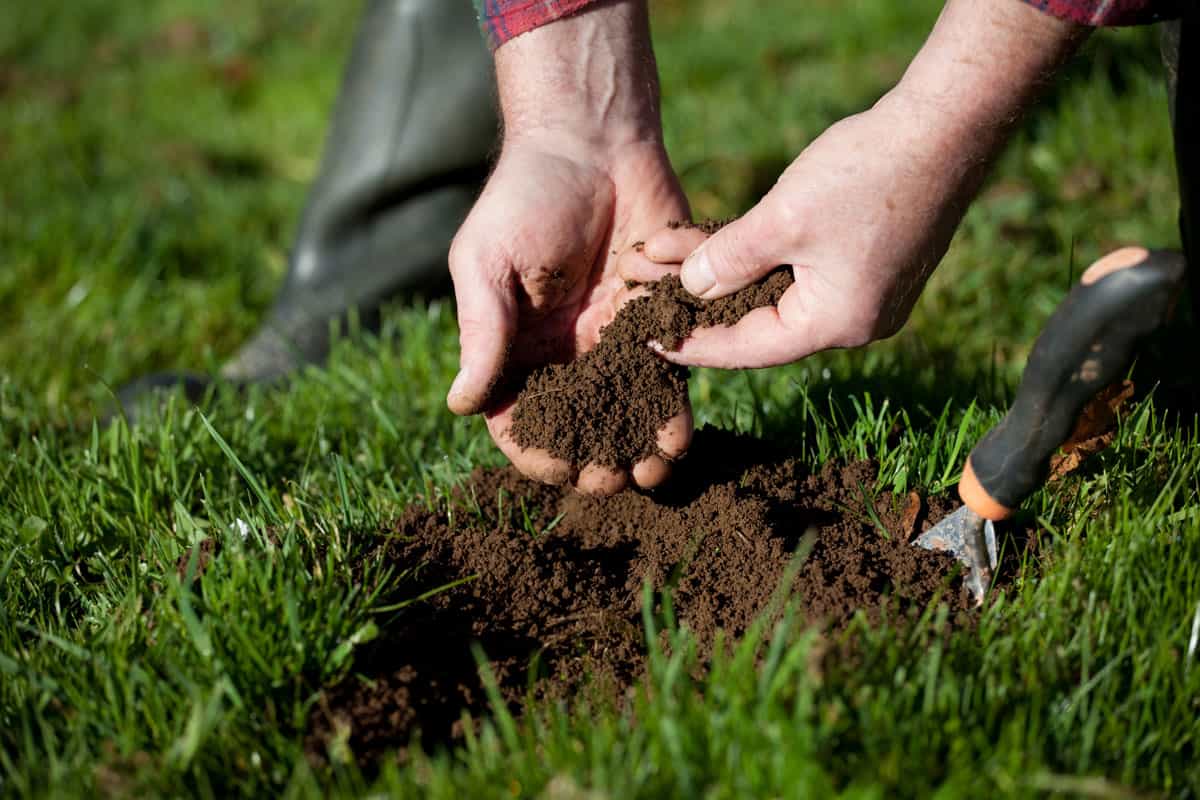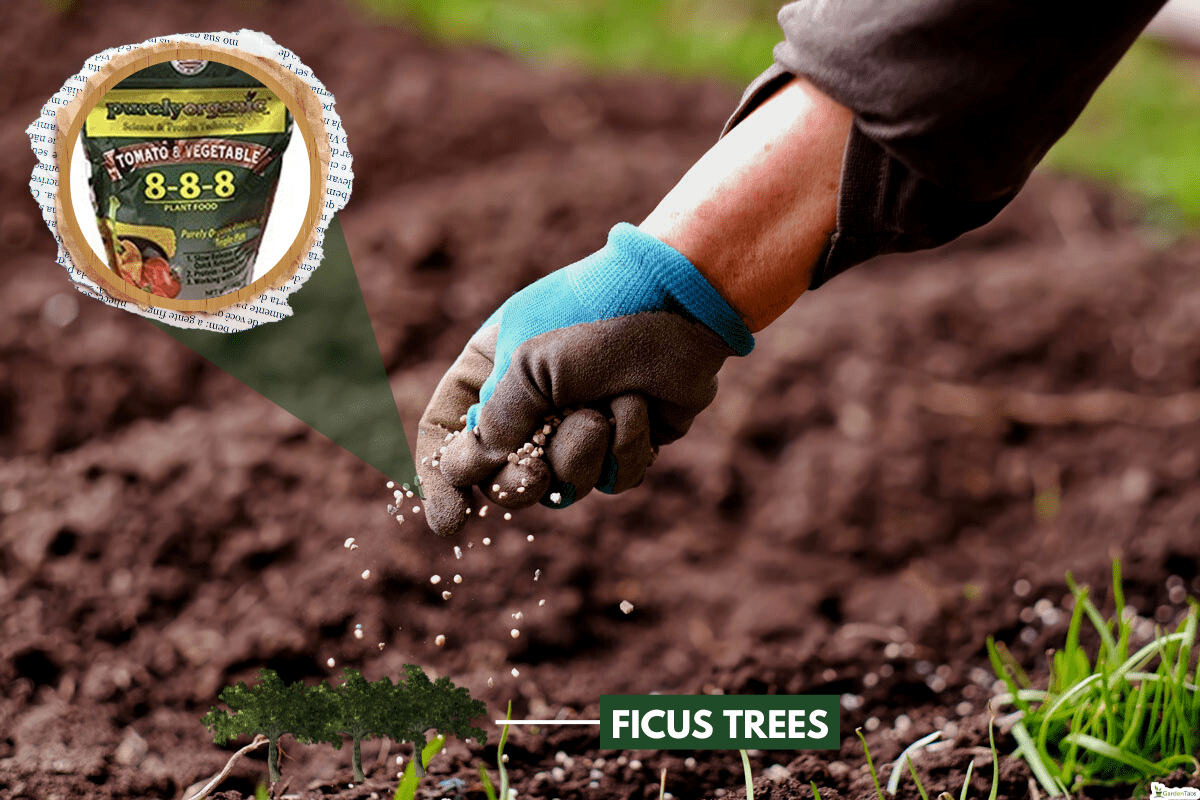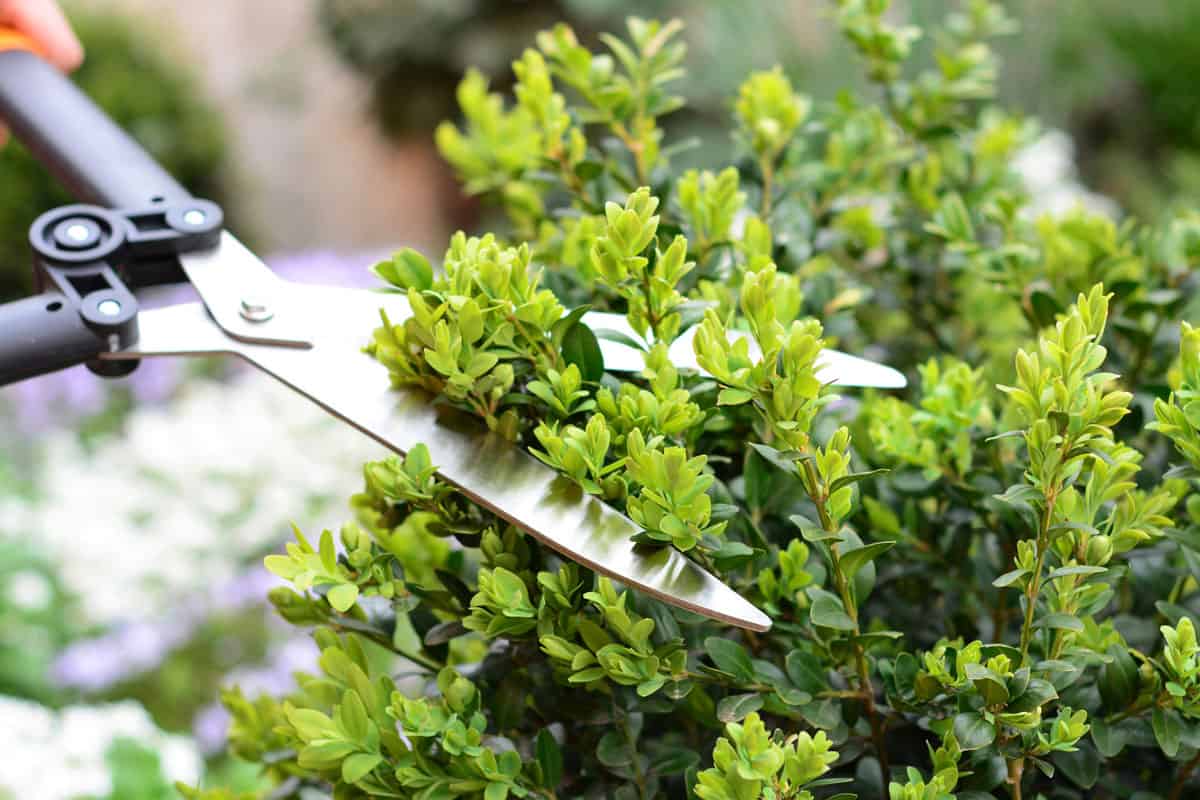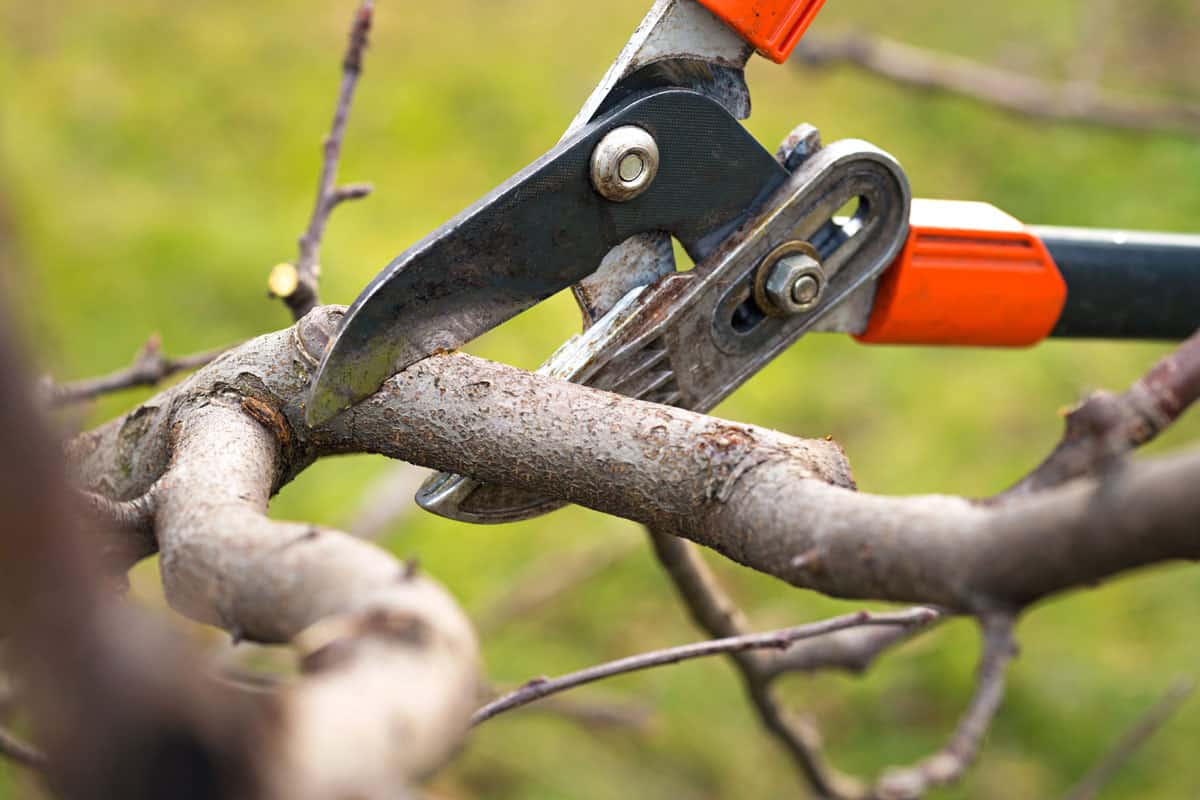Ficus trees are an excellent choice for creating a hedge. They will need to grow nice and full in order to be effective. If you're wondering how to make your ficus fuller, you've come to the right place. We've done the research and can tell you the answer to that question.
To keep your ficus full, you should do the following:
- Replicate the plant's ideal growing conditions.
- Keep dead or diseased branches trimmed.
- Seasonally prune for shape.
Keeping your ficus properly cared for can be difficult or easy, depending on your location. Keep reading to learn about pruning ficuses, their growing conditions, and more!
How To Make Your Ficus Hedge Fuller

If your ficuses look thin and leggy, one of the first things you should consider is where they are planted. Are they in a place that gets an ample amount of sunlight or in a shady area?
If they're in a shady area, you may need to move them to a sunnier location or, if possible, get them more light where they are.
You should also consider the soil and the amount of water your plants are getting. Ficuses will grow faster and look better if they are in an environment that they like.
Providing The Proper Environment

The ficus is a tropical plant that requires high amounts of sunlight and humidity to grow properly. To get the fullest hedge, you must ensure that your plants get a minimum of eight hours of sunlight each day.
While the ficus is an understory tree and can tolerate some shade, it will not produce full, bushy leaves without the right amount of sunlight.
Soil Type

Ficus prefer soil that is high in organic matter with a pH level between 6.5 and 7.0. In addition, your dirt should be well-draining yet moist.
During the growing season, you should keep your ficus well-fertilized. Experts recommend doing a fertilizer application at least once a month during the growing season.
Do a soil test to determine your ground's current pH, soil texture, and nutrient level. The test will give you an idea of what you'll need to initially treat your soil for.
After the initial treatment, you'll still need to do a monthly fertilization during the active season. Depending on your climate, you should continue fertilizing into the fall and winter months. You should be able to cut fertilizing down to once every six to eight weeks.
What Is The Best Fertilizer For Ficus?

You should use an 8-8-8 slow-release fertilizer for your ficus trees. You should work a granular fertilizer into the soil by a few inches. Don't use too much fertilizer at once. Over-fertilizing can have negative effects on the plant's overall health.
You can also use a liquid fertilizer. You will need to dilute it before giving it to your ficus.
Check out this 8-8-8 fertilizer on Amazon.
Proper Pruning Practices

Another way to help your ficuses maintain a fuller size is by pruning them correctly. Be sure to remove any dead or diseased branches when pruning. Be careful when removing diseased twigs. Cleaning your shears while cutting these pieces can prevent the accidental spreading of disease.
To control the shape of your ficus hedges, do your pruning in the winter months. Ficus are relatively tolerant of heavy pruning no matter the season, but it's best to reserve the removal of large branches for the tree's dormancy period.
You can help your ficus hedge grow larger if you prune it in the springtime. Trimming during this season can encourage new branches to emerge, therefore creating a thicker border.
For this reason, you should avoid pruning during the summer months. Pruning during this time will encourage growth, but you don't want the ficus to produce new growth right before the cold season. New branches can be damaged during this time, negatively affecting the hedge's fullness in later seasons.
You should also avoid using regular scissors or knives for pruning. While these items are sharp enough for everyday use, they can harm the plants. You should use high-quality pruning shears when dealing with your plants.
What Branches To Prune To Promote Growth

After you've removed the diseased plants that are stealing energy from the tree, you can make cuts to encourage growth. Look for areas where there are leaf scars. You can make cuts above these to promote thicker growth.
Next, prune any overgrown areas. Cut them above a node or where another stem branches off. Ideally, this should be an area that brings it closer in size to the rest of the hedge.
You should also remove any branches that are growing in and overlapping. Once again, cut above a node with the cut angling down.
Your ficus can look fuller after removing these overlapping branches because more light and air will be able to penetrate the tree. In addition, the extra air can help prevent fungal infections.
After you've removed those branches, start working on the vertical branches. Try to avoid removing any of the bottom branches. The bottom components provide nutrients for the ficus, and removing them can shock the plant and prevent it from getting the correct amount of food.
Do I Need To Wear Gloves When Pruning Ficus?

When it's cut, ficus has a milky white sap that is poisonous to people and pets. When planning to prune this tree, you should wear protection and quickly and properly dispose of the branches.
You will need to wear gloves while pruning. Make sure that you're not using latex gloves. These types of gloves offer little protection from sap or thorns. Instead, you should consider using leather gloves designed specifically for gardening. Another good option is rubber gloves.
The ficus tree's toxicity is another reason why you should clean your shears. It's important to remove any potential risk of the toxic sap coming in contact with you or a pet. In addition, the substance will make your shears sticky and difficult to work with.
Check out these gloves on Amazon!
How To Treat Shears In Between Cuts

You should sterilize your shears after you finish pruning one plant and before moving on to another. You can also clean in between cuts on the same plant. However, that is generally only necessary if you're aware that there is a disease on one branch and not the rest of them.
To clean your shears, you need to use denatured alcohol. Isopropyl or rubbing alcohol is a good option. It won't need to be diluted, and you don't need to soak your shears. All you need to do is wipe them down with the alcohol, and you're all set.
You can also use a bleach solution to clean your shears. In these cases, it is imperative that you dilute before cleaning. Take one part bleach and combine it with nine parts water.
For this to be effective, you'll need to soak your shears for at least 30 minutes. Be sure to use your shears within two hours of cleaning. If you wait longer than two hours, the effectiveness of the bleach is reduced by 50%.
In Conclusion
If you want your ficus hedge to be nice and full, you need to ensure that it gets enough sunlight and that you closely replicate its preferred environment. As long as you do these things, you'll have a beautiful private hedge.
If you found this article helpful, check out one of these related posts!



